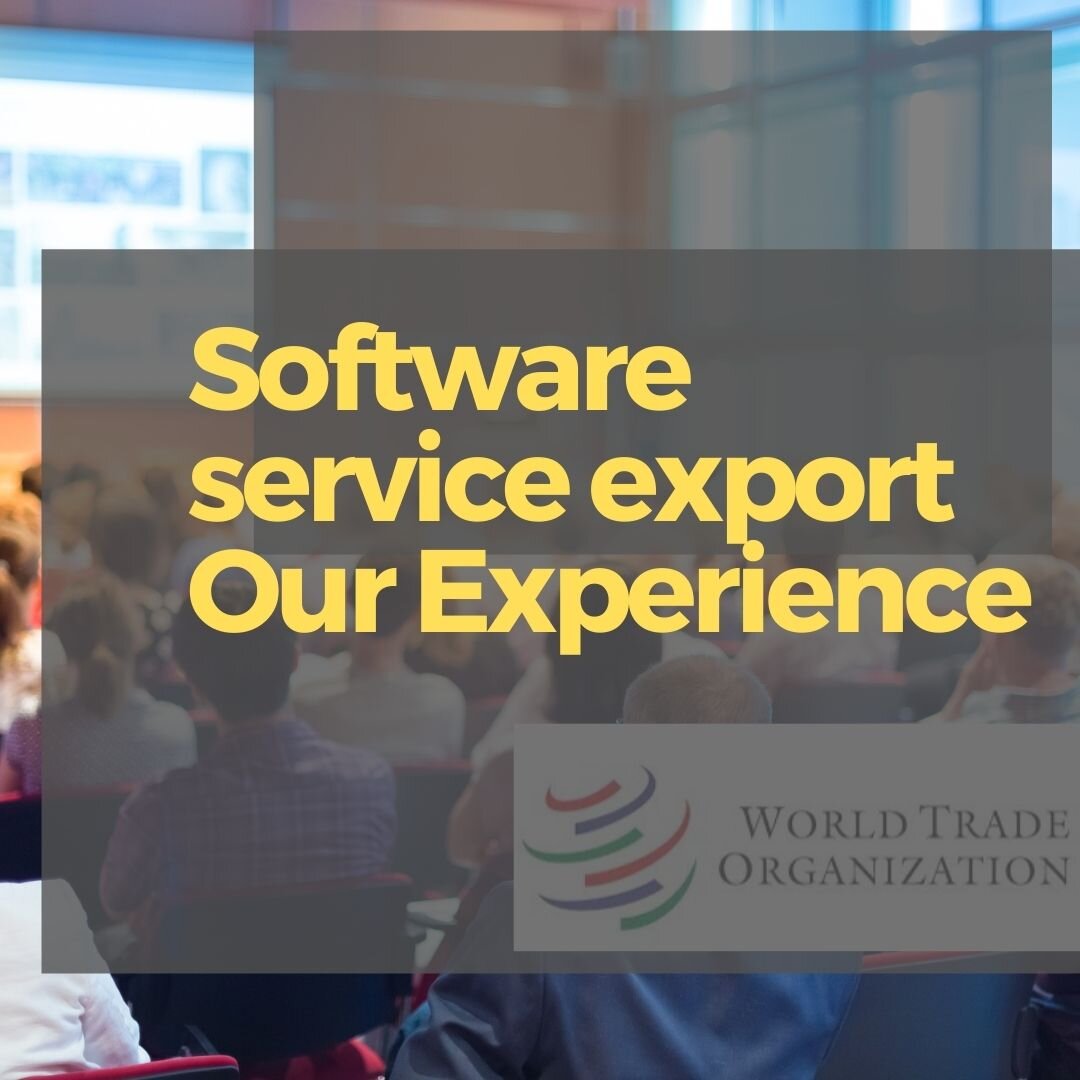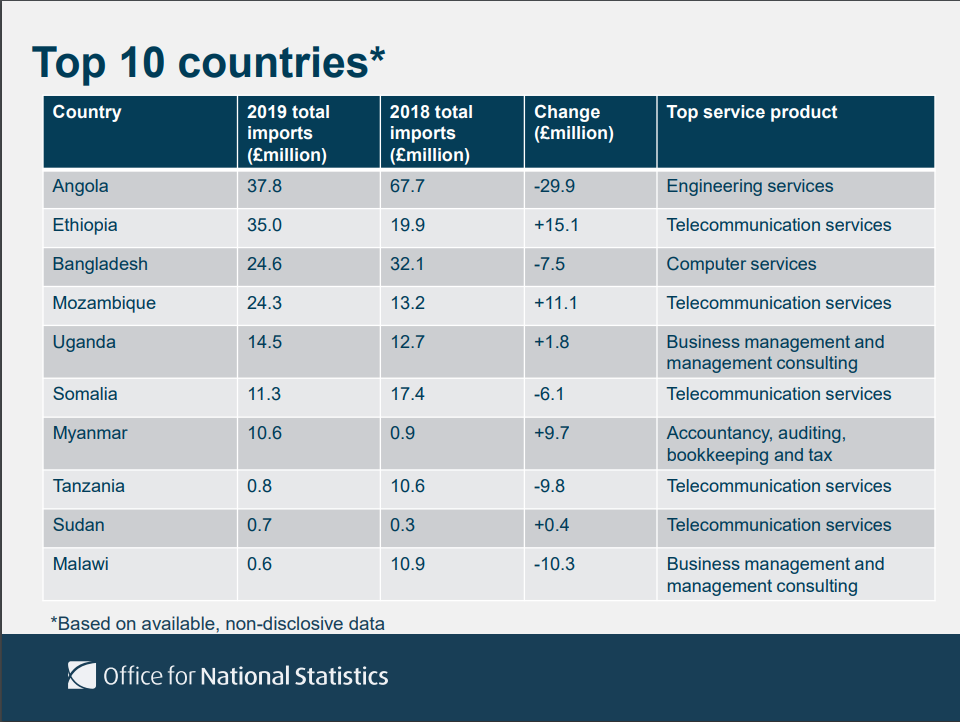Comparing software services export
/Recently World Trade Organization invited us to share our experience in exporting software services from Bangladesh. This was part of their two day initiative of a web conference to compare and understand experiences of service export from LDC countries. Several companies in different service verticals such as animation, software, etc. from Nepal, US, Senegal and other countries presented their experience.
There were also presentations from the government side too from Bangladesh, UK and Turkey. The data analytics on export and import was very interesting particularly Bangladesh’s position in the matrix. Here’s a table of import numbers from UK’s national statistics office:
Always good to see software services export from Bangladesh picking up the lead role somewhere in the world.
Today’s post is a quick summary of the major points we shared from our experience in exporting software development services for the past 17 years from Bangladesh.
Finding customers
One of the biggest hurdles in software services export is finding customers across the globe. This is true for any businesses but for high cost, high risk undertaking such as software development this issue is very much the central one. Over the years our source of finding projects around the world where we are good fits has evolved. Historically our biggest source has always been referrals. Our existing customers refer us to other companies in their network - this is how we grew the most, in a very organic fashion. Referrals make sense as it automatically gives us the credibility that helps make the decision easier. Also finding potential technical project is always easier when someone is placed in network within a country and that what our existing customers are.
But the interesting fact is that over time this is changing. More and more we find that digital marketing is becoming a major source of finding customers. It is at part, roughly, with our other sources such as trade fairs and direct marketing. The following pie chart shows this experience as it stands currently.
Regional variations
Over the past 17 years we have worked with numerous companies across fourteen countries around the world. There are obviously a lot of variation between different companies and it is always hard to generalize. However, looking back we can see some patterns within regions of the world which roughly holds out although there are major exceptions of course. The following table goes over those generalized views. The green circle with checkmark means we found our experience easy and without major frictions or delays. The yellow warning sign says we had some degree of difficulty or delay in those regions.
The rows represent various issues, e.g. red tape is all about government regulations and compliance issues. The columns are rough geographic regions.
Our major hurdles as a software service exporter
There are many hurdles for a software service exporter, but the following two questions are the biggest ones:
How do we find software projects outside of Bangladesh?
Software projects are always difficult to find. There are no standardized location where they are published - they are hidden away in printed adverts, closed door RFPs or tenders, short time publications online, even on social media posts. So it is extremely difficult to find these opportunities in the first place, particularly if you are located geographically thousands of miles away from the country. Over the years here are the things that worked for us:
Referrals
Local partnerships
Trade fairs
Increased visibility – in bound digital marketing
Social media outreach
And here are the ones that didn’t work:
Outbound marketing (e.g. email campaigns)
International RFP responses
How do we prove we are reliable?
And once we’ve found an opportunity the next big hurdle is how do we, situated so far away from the actual location of the work prove that we can actually deliver. Again, over the years here are things that have worked for us:
Referrals
Local partnerships
Case studies
Demonstrations of software
Contracts and NDAs
What doesn’t work for us:
Certification, CVs
Brochures and other marketing assets
Overall the webinar was a great experience and the things that we learnt from it was very useful. We are grateful to WTO for including us in the webinar, for letting us be one presenters.








